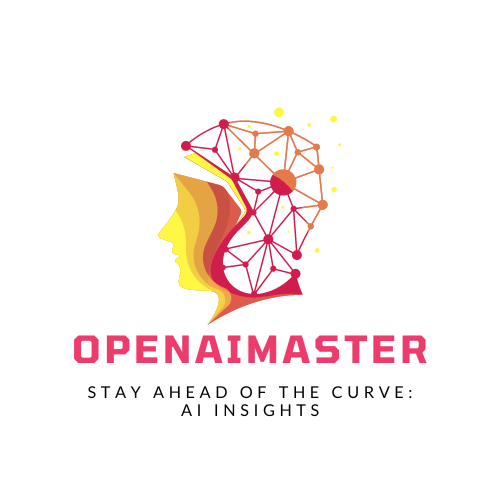Introduction
Nightshade AI is a free, open-source tool that allows artists to “poison” their digital artwork, disrupting the training of image-generating AI models that may have scraped their work without consent or compensation. By introducing subtle, imperceptible changes to the pixel data of an image, Nightshade AI tricks these models into “hallucinating” and generating corrupted outputs when the poisoned images are included in their training data.
What is Nightshade AI?
How It Works
At its core, Nightshade AI operates by altering the pixels of an image in a way that tricks AI models into perceiving something entirely different from the original image. For instance, it can manipulate a model into interpreting an image of a dog as a cat. These pixel changes are so subtle that they are virtually undetectable to the human eye, yet they appear significant to the AI model, which processes images as arrays of numerical data.
When these poisoned images are inadvertently scraped from the internet and incorporated into an AI model’s training data, the model learns incorrect associations and generates corrupted outputs related to the poisoned concept. Remarkably, introducing just 30 to 300 poisoned samples can manipulate powerful models like Stable Diffusion to consistently hallucinate alternative concepts when prompted with specific input.
Purpose
Nightshade AI’s primary purpose is to deter AI companies from scraping and using artists’ copyrighted work to train their models without explicit consent or fair compensation. By poisoning their artwork, artists can fight back against the exploitation of their intellectual property, making it risky for AI companies to indiscriminately scrape online images.
The tool’s free and open-source nature encourages widespread adoption, increasing its potency against AI models. As more artists embrace Nightshade AI, the potential for disrupting the training of these models grows exponentially, creating a formidable deterrent against the unethical use of their work.
Nightshade AI Review
Purpose and Functionality
Nightshade AI serves as a powerful tool for artists seeking to protect their digital artwork from unauthorized use by generative AI models. Its primary objective is to safeguard artists’ intellectual property by rendering their artwork unusable for AI training without explicit permission.
The tool achieves this by introducing imperceptible changes to the image data, causing AI models to misinterpret the content. For example, an image of a dog might be altered so that the AI model perceives it as a cat. These subtle modifications are designed to disrupt the training process of AI models, leading to corrupted outputs when the poisoned images are included in the training data.
Effectiveness and Limitations
In small-scale tests, Nightshade AI has demonstrated remarkable effectiveness. For instance, feeding Stable Diffusion with just 50 poisoned images of dogs caused the model to generate distorted images of dogs. With 300 poisoned samples, the model could be manipulated to generate images of dogs that looked like cats.
The tool’s effectiveness increases with the number of poisoned samples introduced, and it can cause significant disruption even with a relatively small number of images. However, some users have reported issues with high VRAM requirements and potential memory leaks, which can lead to crashes and system instability.
It’s important to note that Nightshade AI’s impact is currently limited to future AI models, as existing models like OpenAI’s DALL-E 2 and Stable Diffusion are unaffected by new poisoned data unless they undergo retraining.
Adoption and Impact
Nightshade AI has gained significant traction among artists, with over 250,000 downloads in its first week of release. This overwhelming response indicates a strong demand for tools that protect against the unauthorized use of digital artwork by AI companies.
The tool is part of a broader effort to address the ethical and legal issues surrounding the unauthorized use of copyrighted material by AI companies. It aims to create a deterrent against the indiscriminate scraping of online images for AI training, a practice that has raised concerns within the artistic community.
While there are apprehensions about the potential misuse of data poisoning techniques for malicious purposes, the developers argue that large-scale models would require thousands of poisoned samples to be significantly affected, mitigating the risk of widespread disruption.
Comparison with Other Tools
Nightshade AI is often compared to Glaze, another tool developed by the same team at the University of Chicago. While Glaze focuses on preventing AI models from mimicking an artist’s style by altering the image in subtle ways, Nightshade AI targets the content of the images, making it a complementary tool for comprehensive protection.
Other tools like Kudurru operate differently by tracking scrapers’ IP addresses and blocking them or sending back unwanted content. However, Nightshade AI’s unique approach of poisoning the data itself sets it apart as a proactive and preemptive measure against unethical AI scraping.
Conclusion
Nightshade AI represents a significant advancement in the fight against the unauthorized use of digital artwork by generative AI models. By providing artists with a powerful tool to protect their intellectual property and disrupt the training of AI models that scrape images without consent, Nightshade AI has sparked a revolution in the art and AI communities.
While there are technical challenges and limitations to overcome, the tool’s potential impact is undeniable. As more artists embrace Nightshade AI and contribute to its development, the battle against unethical AI scraping will be bolstered, paving the way for a future where artists’ rights and intellectual property are respected and protected in the ever-evolving AI landscape.




